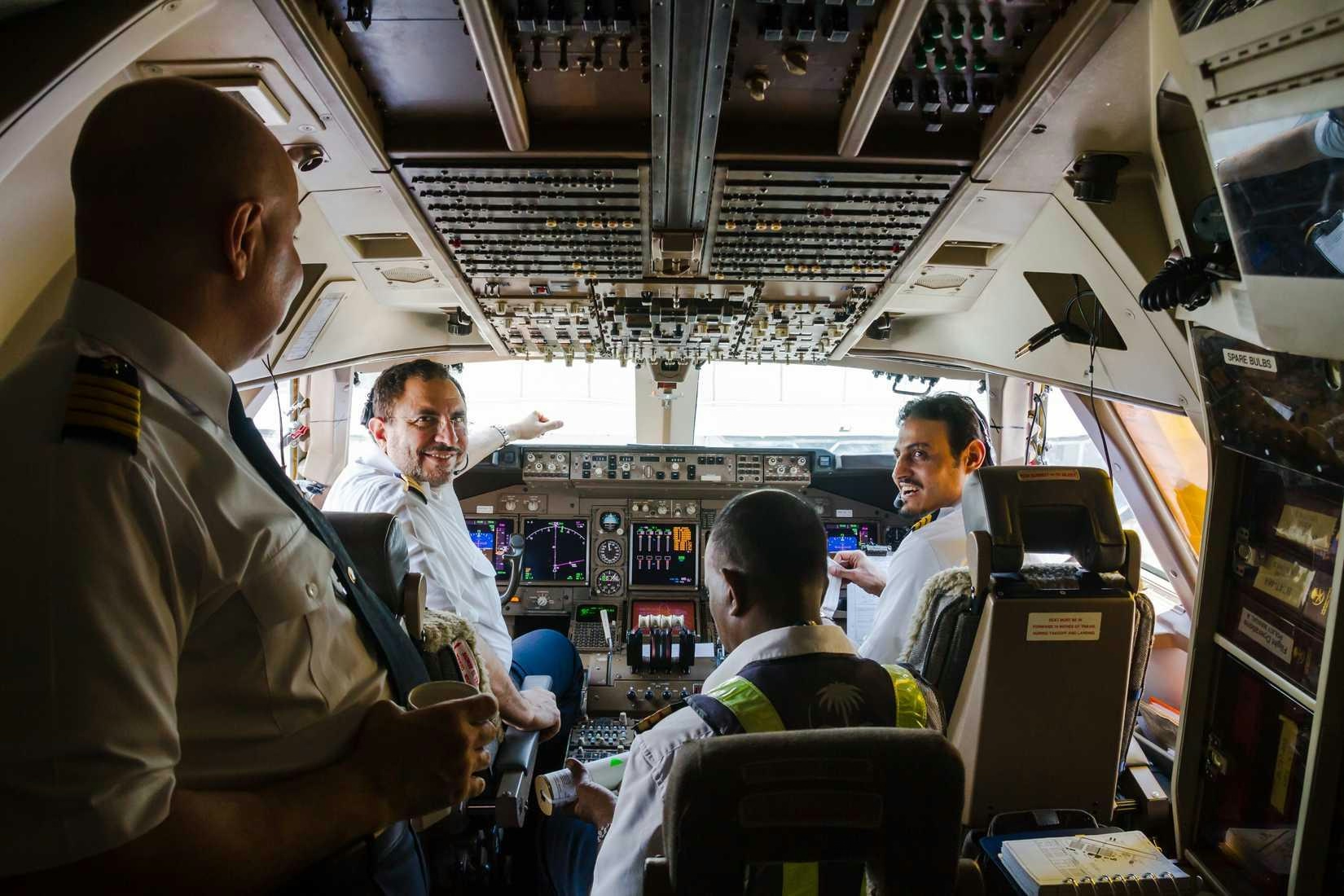
AeroGenie: Su copiloto inteligente.
Tendencias
Categories
Air India Starts Retrofit of Boeing 787-8 Fleet

Air India Commences Extensive Retrofit of Boeing 787-8 Fleet Amid Operational Pressures
Air India has initiated a comprehensive retrofit programme targeting its Boeing 787-8 fleet, encompassing 26 aircraft. The initiative aims to modernise the fleet with upgraded interiors and enhanced systems to elevate passenger experience and align with the airline’s updated service standards. The first aircraft, VT-ANT, was transferred to Boeing’s Victorville, California facility in July 2025, with a second aircraft scheduled for retrofit commencement in October. Both are expected to return to service by December 2025, while the full programme is projected to conclude by mid-2027.
Interior Upgrades and Operational Challenges
The retrofit involves a complete redesign of the 787-8 cabins, introducing refreshed layouts across Business, Premium Economy, and Economy classes. Passengers will benefit from new seating arrangements, state-of-the-art inflight entertainment systems, updated carpeting and upholstery, renovated lavatories, and modernised galleys. These enhancements are part of Air India’s broader strategy to improve its product offering and customer experience.
However, the retrofit programme coincides with significant operational challenges. The temporary reduction in available aircraft has forced Air India to suspend certain routes, including services to Washington Dulles. These difficulties are compounded by intensified scrutiny following a recent crash involving an Air India 787-8, currently under investigation as a potential criminal incident. In response, the airline has conducted thorough inspections of fuel control switches across its 787-8 fleet, reporting no faults. This precautionary measure aligns with similar actions taken by competitors such as Lufthansa, which has also re-examined fuel control systems on its Boeing aircraft.
Reliability Enhancements and Future Plans
Beyond interior refurbishments, Air India is implementing a Reliability Enhancement Programme for the 787-8s. This initiative includes avionics upgrades and critical system improvements designed to meet evolving industry standards. The process involves meticulous review of maintenance and configuration records, with modifications guided by Boeing’s service bulletins. Additionally, seven aircraft will undergo heavy maintenance D-checks at the Victorville facility, ensuring long-term safety and operational performance.
Looking ahead, Air India intends to commence retrofitting its 13 Boeing 777-300ERs from early 2027. This subsequent programme has experienced delays due to supply chain constraints but is anticipated to be completed by October 2028.
Progress on Narrow-Body Fleet Retrofit
In parallel, Air India’s retrofit of 27 legacy A320neo aircraft, launched in September 2024, remains on schedule for completion by September 2025. The introduction of a third production line at GMR’s MRO facility in Hyderabad has accelerated the process, with 16 aircraft already upgraded. The 15th A320neo returned to service on 9 August 2025, followed by the 16th scheduled for 11 August. The remaining 11 aircraft are expected to be completed within the established timeline. These narrow-body jets, featuring new cabin interiors, are being deployed on key domestic and short-haul international routes, enhancing the overall passenger experience across Air India’s network.
Despite the operational pressures and heightened industry scrutiny, Air India’s retrofit programmes represent a substantial investment in fleet modernisation and passenger comfort.
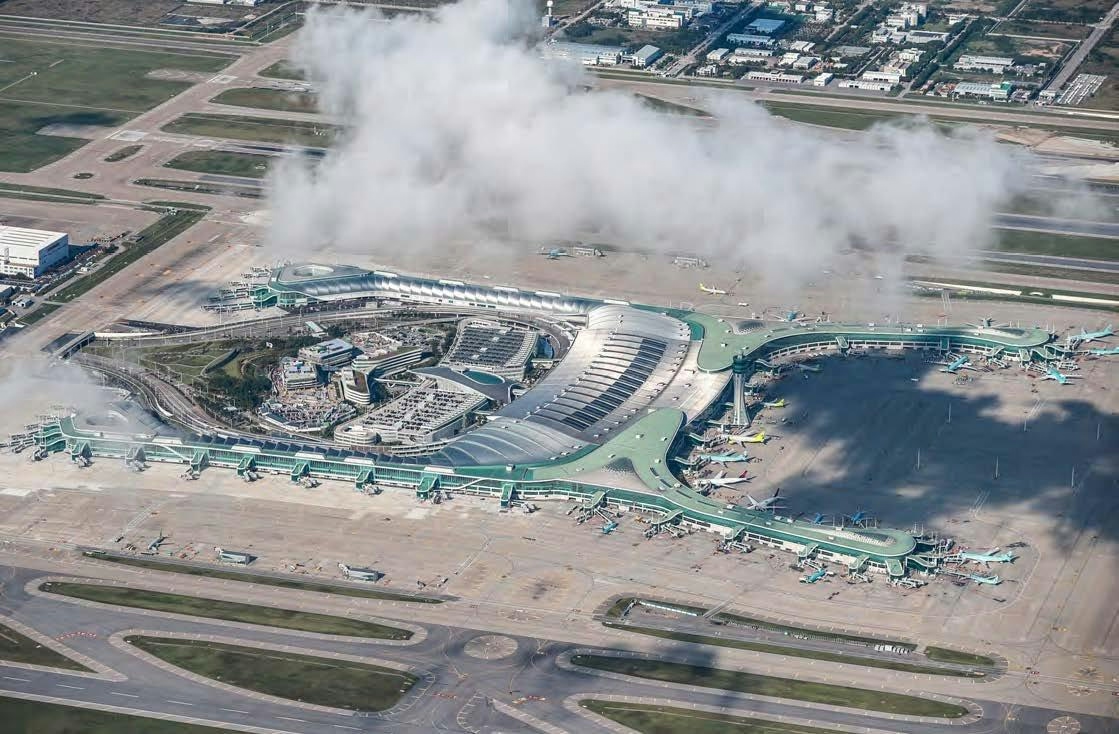
Incheon Airport Seeks Operator for Aviation AI Innovation Hub
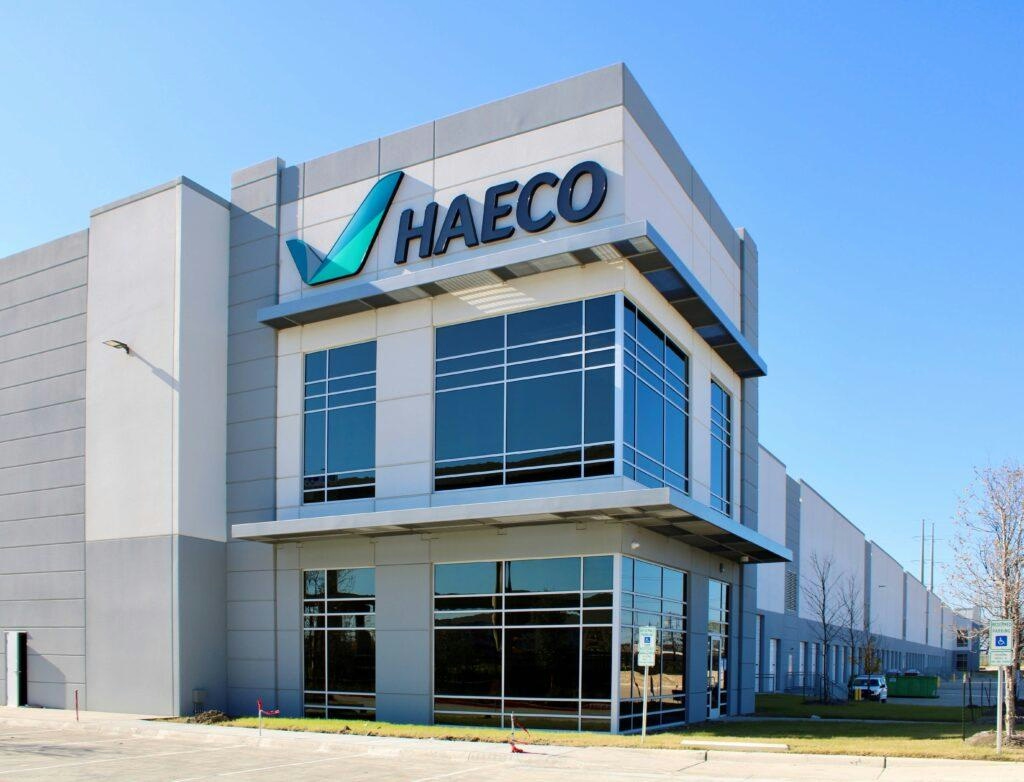
HAECO Strengthens Long-Term Partnership with JAL
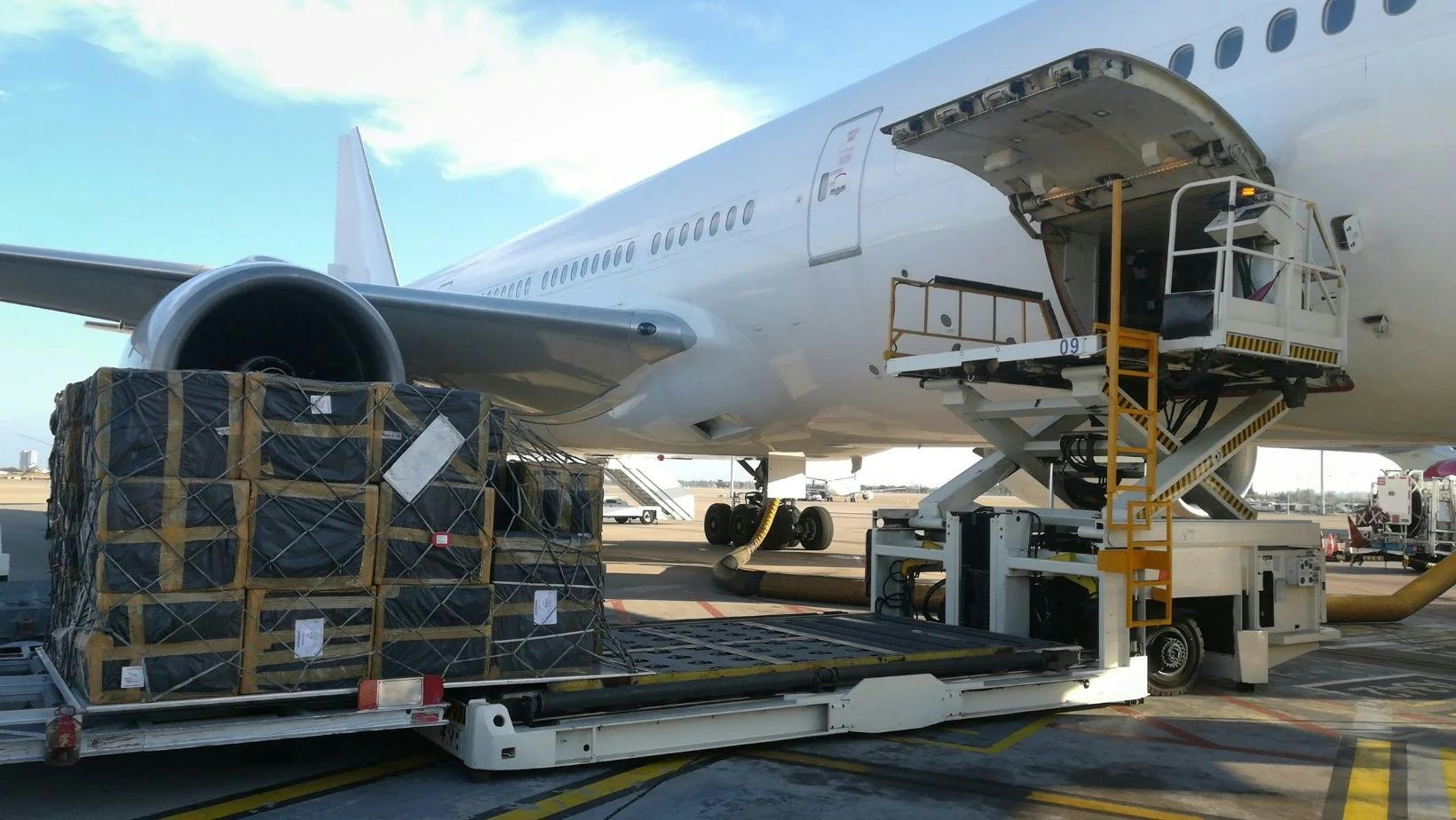
ACC Aviation Reports Steady Growth Despite Global Uncertainty

GA Telesis Expands APU Program to Meet Growing Demand

Philippine Airlines, Citi, and UK Export Finance Finalize Financing for Rolls-Royce Trent XWB-97 Engine
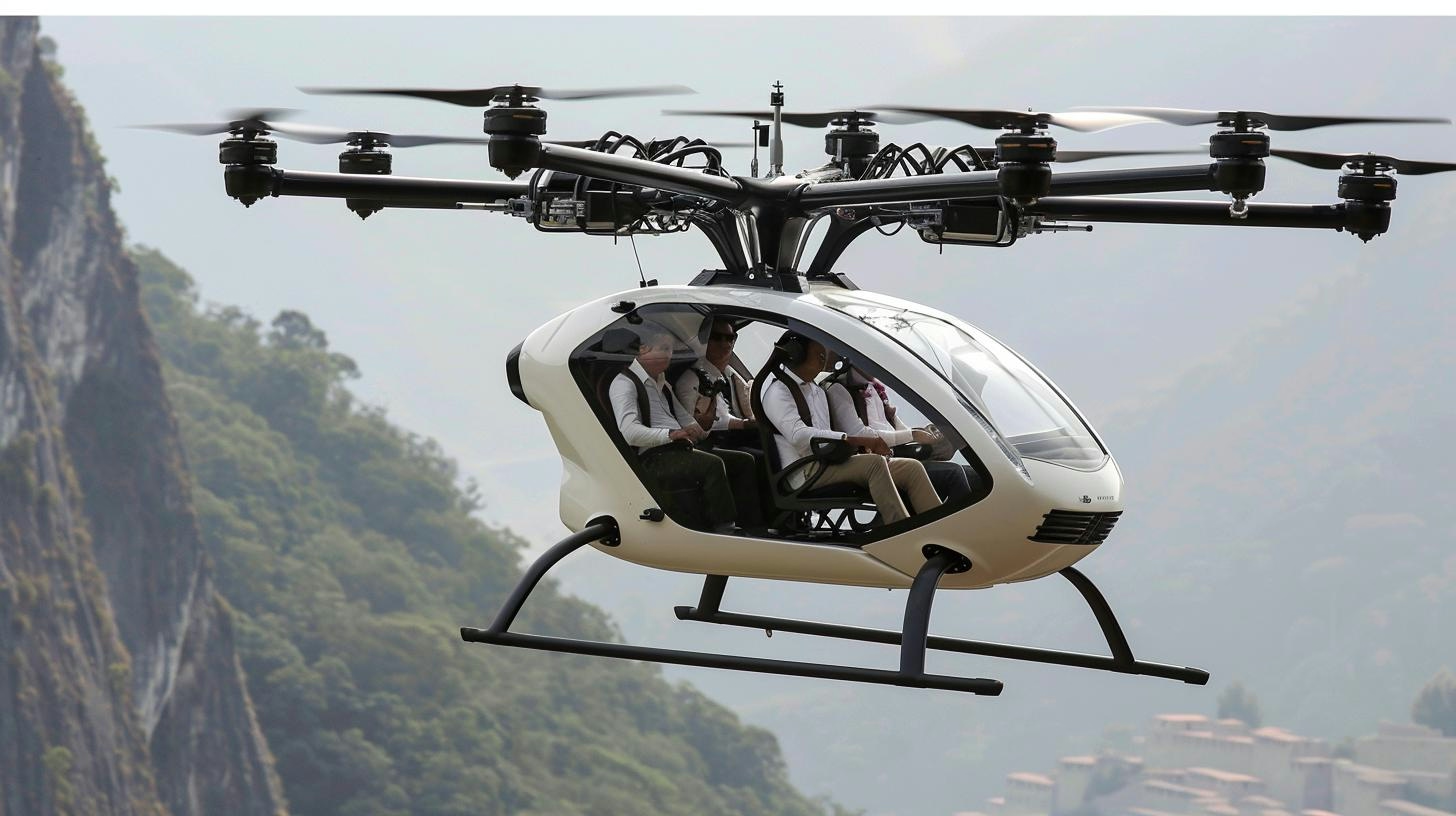
UAE Develops Simulation-Based Regulations for Urban Air Mobility
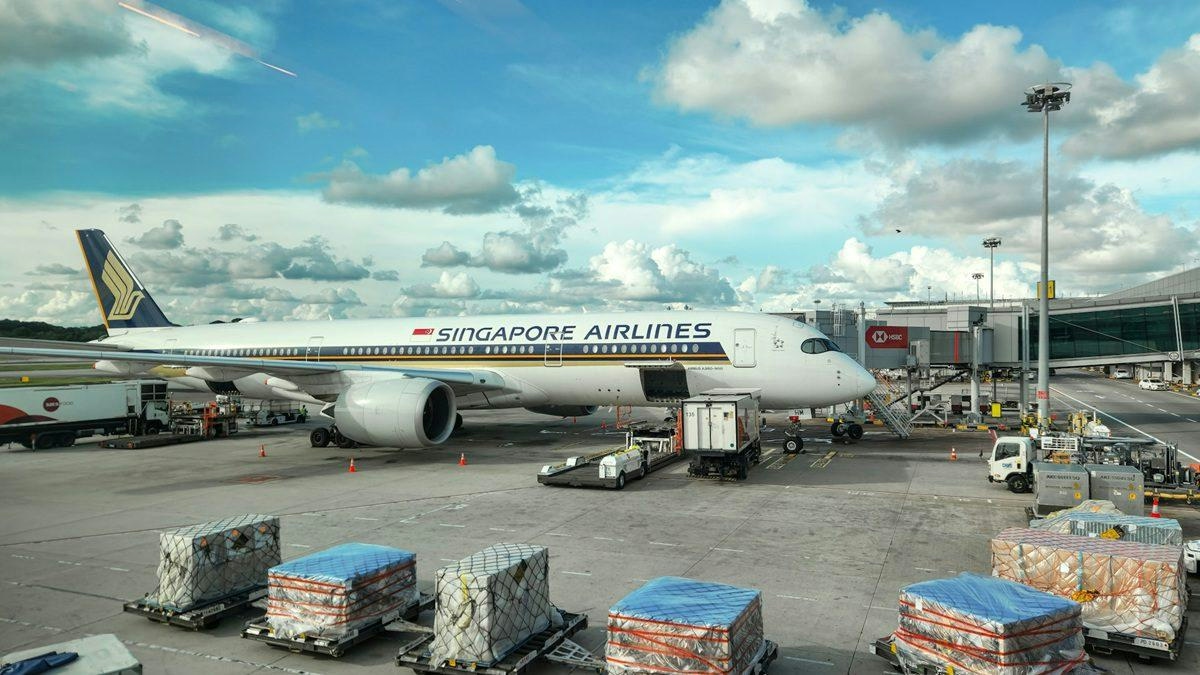
Singapore Airlines Commits to Innovation and Excellence in Travel

Airlines Transition from Data Silos to AI-Driven Insights

Boeing Prepares 777X Prototype for Dubai Airshow Flight Demonstration
